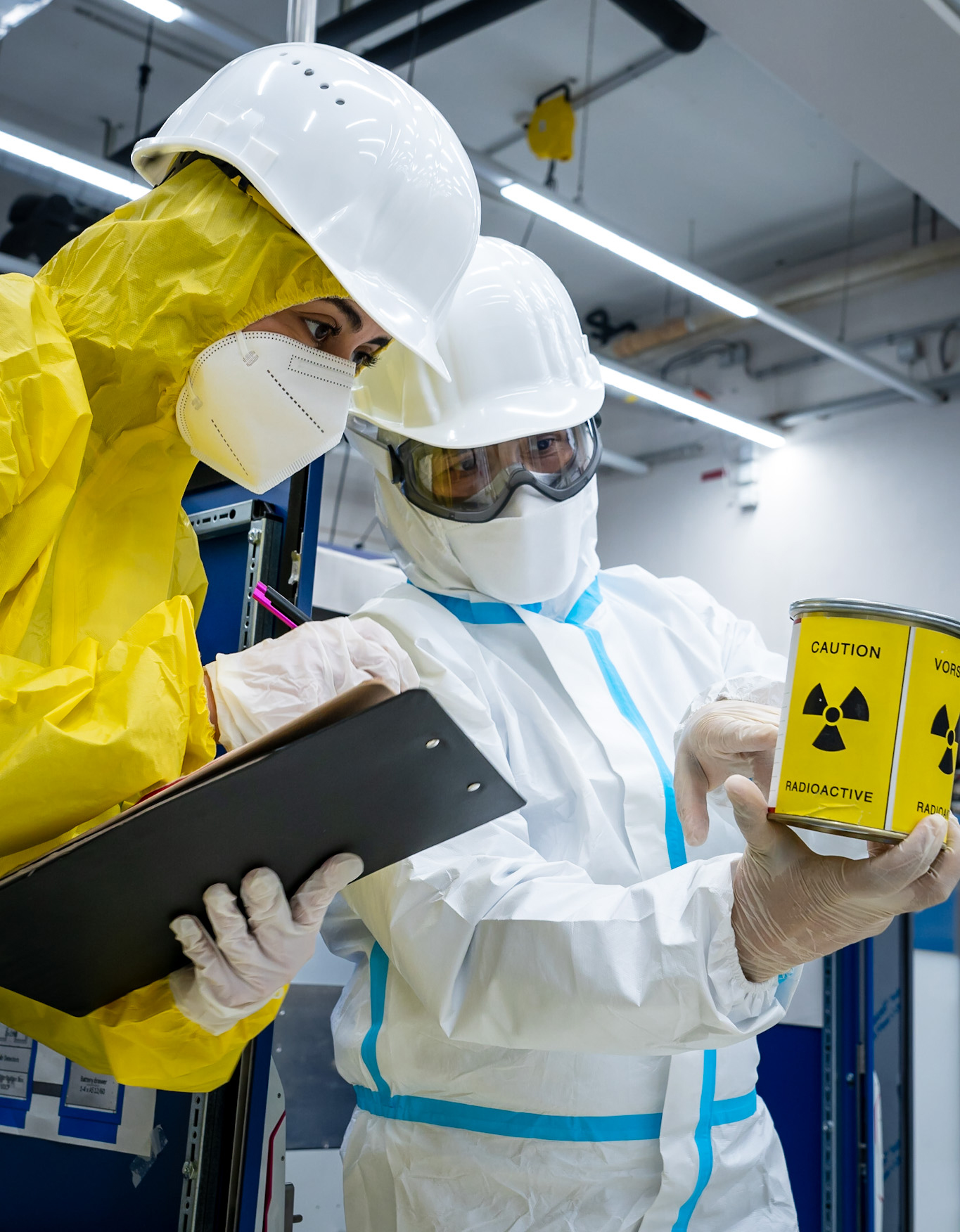Nuclear safeguards inspectors travel across the world, often to places such as nuclear power plants, uranium mines, nuclear fuel fabrication plants, enrichment facilities, research reactors and nuclear waste sites. Inspectors travel, sometimes at a moment’s notice, to nuclear facilities and other locations to provide in-field verification of a country’s nuclear material and technology. “Our job is very clear — we verify that nuclear material is used in peaceful ways,” said Helly Diaz Marcano, Nuclear Safeguards Inspector at the IAEA.
The IAEA is the only organization with the mandate to verify the peaceful use of nuclear material and technology worldwide. It pursues this mandate through the application of IAEA safeguards; a series of technical measures to verify that States honour their international non-proliferation obligations.
In 2021, around 280 IAEA inspectors collectively spent over 14 600 days in the field. These trips often involve demanding logistics. Inspectors follow strict processes and procedures, but they must also adapt to the unexpected.
Team members — usually between two and ten inspectors, depending on the type of facility — leverage one another’s skills and abilities, sharing the knowledge and experience of those who have visited the facility before.
The following provides a glimpse of what an IAEA inspector may experience during a day in the field.

